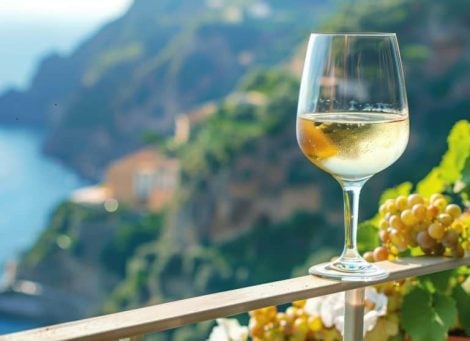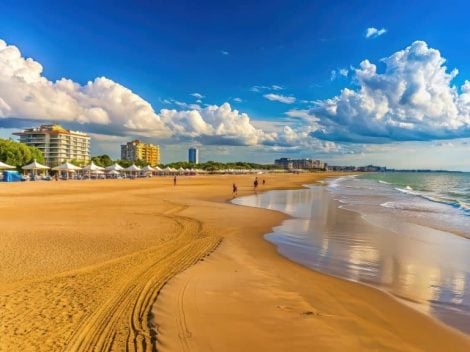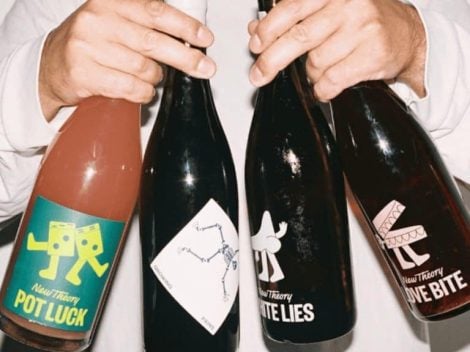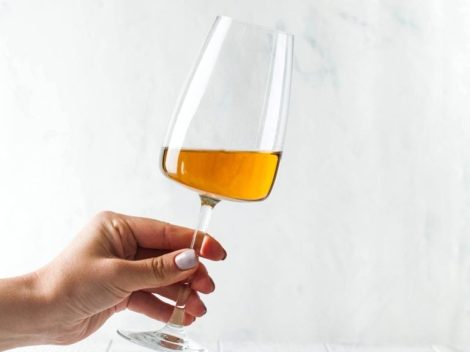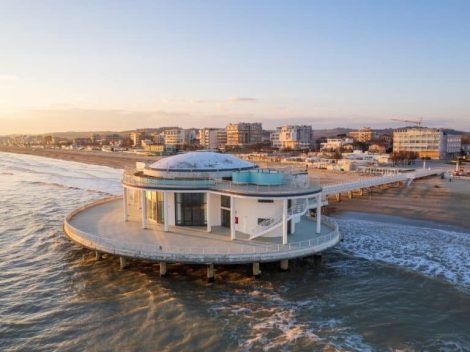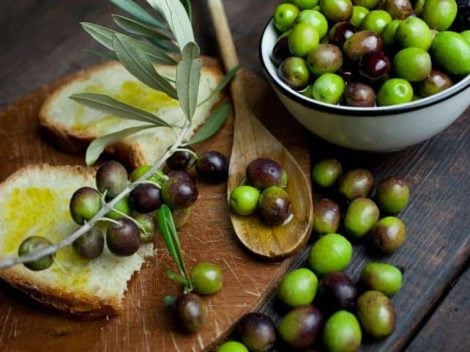by Beppe Manelli
Pay attention to it if you enter a restaurant in Rome or Milan, Bologna or Turin. Scroll through the wine list, often organized by region. Go to the bottom. You will find Puglia, sometimes Sardinia, always Sicily. Almost never Calabria. Almost never Molise. We looked for it in Milan, Calabria, in the papers of Verso (chef Mario and Remo Capitaneo), Giacomo, Langosteria, Mudec (Enrico Bartolini), Berton, Sadler, Armani, Trattoria del Nuovo Macello. And we didn't find it. We could go on, but we won't bore you any further. In general, it is a fact: southern wines struggle to find their way onto the menus of restaurants which instead dedicate encyclopedic spaces to Piedmont, Veneto and Tuscany.
"Minor regions": but are they really minor?
It makes a certain impression to hear the statements to Cook by Federico Veronesi, son of the owner of Calzedonia, and above all general manager of SignorVino. Having to expand the brand, with the opening of the first point of sale in the South, in Pompeii, and therefore for marketing reasons having to speak well of that terra incognita that is the South, the Venetian manager takes a paved road, that of good will, which leads straight to hell. When asked which wines are undervalued, he explains that they are those "from the smaller regions". And what are the smaller regions? “Those of the South”.
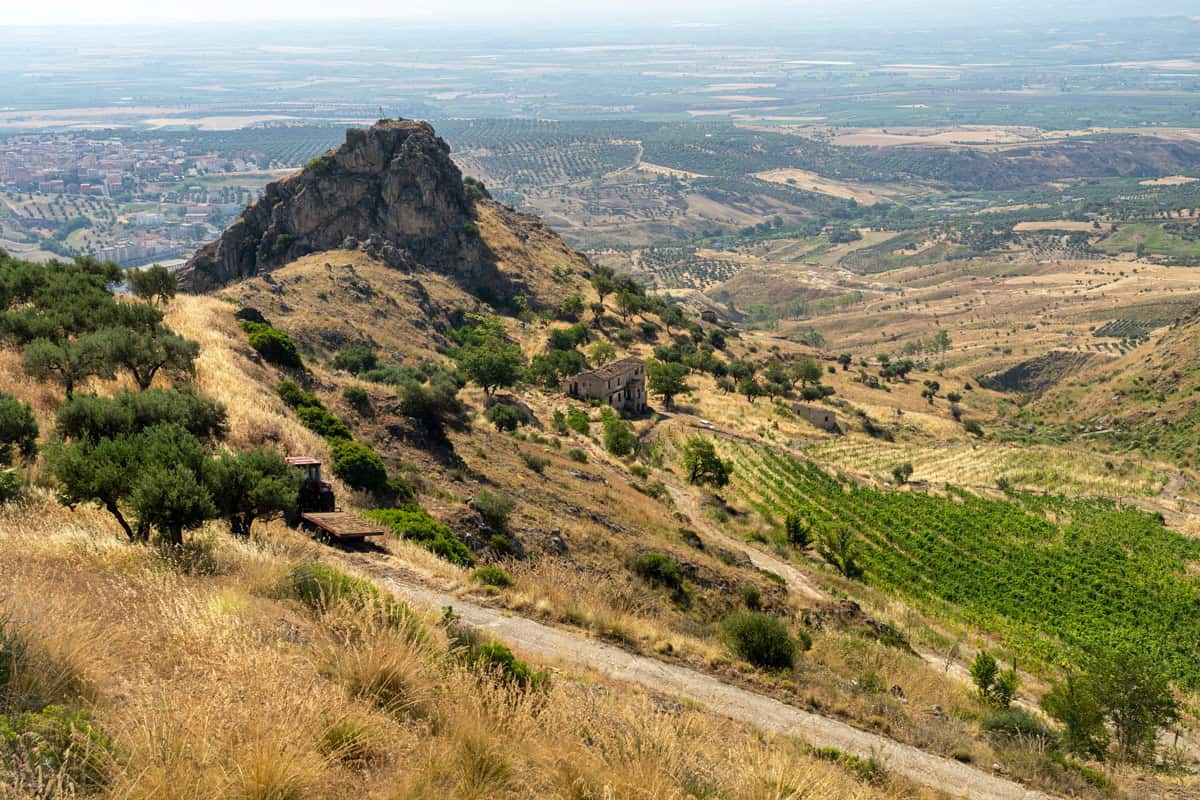
Vineyard in the Castrovillari countryside. in the arid summer landscape. A vineyard is opening in Cirò Marina in the Crotone area
The case of Montepulciano d'Abruzzo
Here we are. The “minor” regions. The South. Put everything together, as if it were a homogeneous territory. Those regions undervalued, overused, ignored, sometimes even derided. Since the value of a product, of a brand, of a Region, also has to do with the imagination that arises from the narratives of cinema, TV and literature, one cannot fail to remember Christian De Sica's joke, in cinepanettone “Christmas at all costs” of 2022: “Abruzzo wine? Bullshit." Apart from the usual refinement, a disaster for Abruzzo marketing, so much so that it even raised the indignation of Lino Banfi, from Puglia but passionate about Montepulciano. But what's wrong with Southern wine? Nothing, because naturally there is no such thing as “Southern wine”. Each region is profoundly different and has hundreds of territories within it which makes it difficult to label. There are historical, productive and cultural reasons that explain the delay of part of the South. Together with the prejudice of restaurateurs and consumers, who sometimes prefer the worst of the Chianti to the best of the Cirò.
The South, the vineyard of Italy
Partly understandable mistrust. For decades the South has been the vineyard of Italy, in the sense that it has served as a reservoir for large-volume, low-cost and low-quality production, often to be used as blending wines, to reach the levels necessary in the cold regions of North. Puglia has been at the forefront of this logic and is still struggling to recover. In Calabria - 16 million bottles produced per year - there has long been a fragmented, local production, and only a few large producers, starting with Librandi, have brought local wine outside the regional borders. But a confused identity remained, with name-day squabbles (gaglioppo and magliocco, mantonico and montonico, Greco Bianco and Greco di Bianco), few quality companies, poor collaboration and primitive marketing.
The Cirò Revolution
Yet something has been moving for about fifteen years. Cirò is making a splash, especially with the "Cirò revolution", of young natural producers. The main grape variety, Gaglioppo, has finally been treated properly. And Cirò is no longer that "lean and acidic" wine described by Mario Soldati, in "Al vino al vino", nor that wine that is both pleasant and rustic at the same time which risked not making it out of the 80s alive. Now there are wines with pure Gaglioppo, with a powerful but well integrated tannin, which often refine only in steel. And splendid rosés, light years away from Provençal or clarets: wines of great personality, freshness and minerality. Last year Cirò obtained the DOCG (only the European green light is missing), a relative and often contested quality recognition, but which has its own importance in the market. In March, the Cirò Revolution collective (Cataldo Calabretta, 'A Vita, Sergio Arcuri, Cote di Franze, Tenuta del Conte, Vigneti Vumbaca and others) landed in one of the oldest and most exclusive wine clubs in the world, 67 Pall Mall from London.
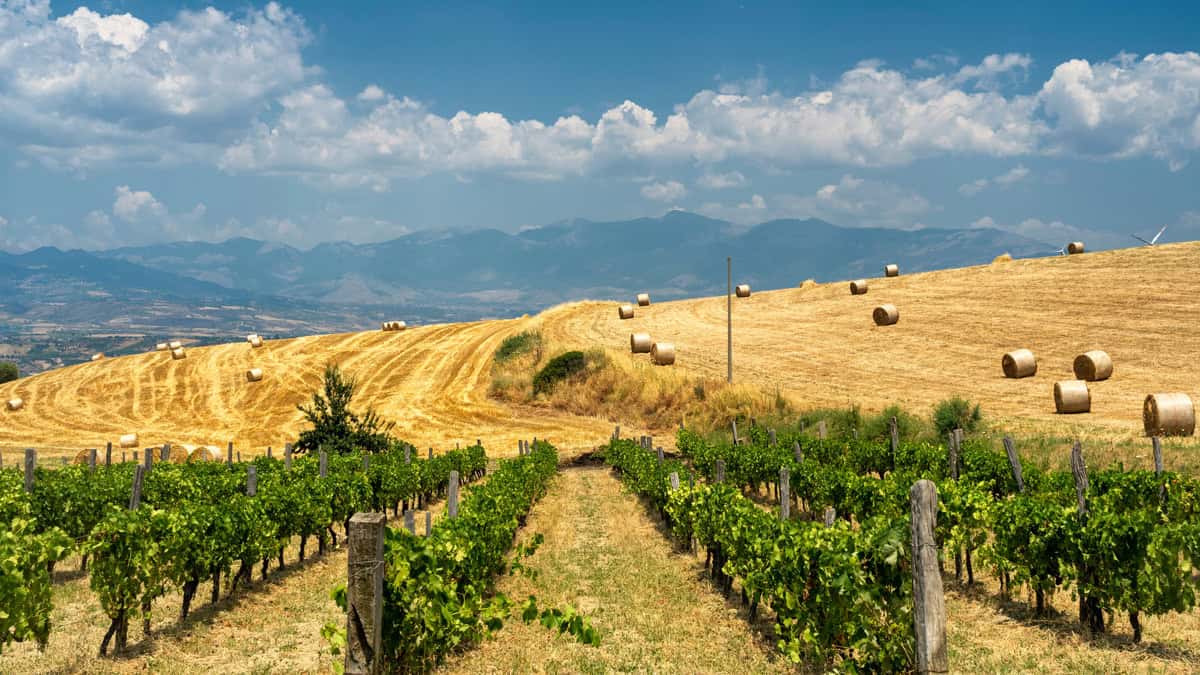
Suggestive vineyard in the Crati Valley, in the territory of Spezzano Albanese in Calabria
Wrong models for the South
Francesco De Franco ('A Vita) is among the most lucid and far-sighted producers: «It's true that we are a minor region, but only in terms of quantity, not quality. We produce 0.2 percent of total Italian wine. And our internal market is very small: in Calabria there are 1.8 million inhabitants, spread across 400 municipalities." But it is not the only reason for the delay: «Let's say that for years we have mimicked the models that worked elsewhere, ending up making a rough copy of something else. In the 2000s, Cirò changed its regulations, admitting international vines, just when it was starting to go in another direction." And only a few great producers, like Librandi, had managed to make a great wine with international vines: Gravello, Bordeaux blend and barrique, was for years the only Calabrian label on the cards. De Franco continues: «This phase is now over. We are no longer ashamed of our native vines, on the contrary we are valorising them. But perhaps we were looking for the prejudice that still exists towards our bottles."
Magliocco, the Calabrian Pinot Noir
Yet, much else is moving. The Terre di Cosenza DOC (created in 2011) is achieving good results. «Magliocco – says Andrea Petrini, one of the leaders of the Beviamoci a Sud event – is an amazing wine, the Pinot Noir from Calabria, elegant and not very tannic». Giuseppe Chiappetta produces one, Terre di Balbia: «I focused everything on Magliocco dolce, which is now registered, whereas previously it had to be written Magliocco canino, which is a completely different vine. Here with us there were the Friulians of Venica&Venica, who had planted sangiovese and merlot, but they didn't have a cellar, so they took the grapes to the north. Now we have taken over the company and we are focusing on our most important native grape variety, which is Magliocco. It's a shame that the regulations provide for a minimum of 60 percent, too little. We use it in purity." And it's a shame that few people know him: «Because Calabria doesn't communicate, we are the last region not to be appreciated. We need to enhance the Calabria brand, in wine but also in food. We don't just have 'nduja."
A paradox, given that Calabria was once called Enotria, or land of wine, and that the ancient Achaean peoples produced it here. At the last Vinitaly there was also a lot of talk about the Bivongi DOC (among others, Cantine Lavorata) from the Reggio Calabria area (the red is made with Gaglioppo, Greco Nero, Nocera, Calabrese and Castiglione) and now the process has started to recognize the Costa degli Dei DOC, in the Vibonese area (among others, Cantine Benvenuto and Casa Comerci).
The other "minor" ones
Naturally, Calabria is not the only "minor" region to be neglected, even if there are areas of the South that always function. Puglia is there, especially in the more traditional menus, even if it suffers from a dominant style that is outdated, with wines that are too alcoholic, soft and concentrated. And Sicily is present, with a group of very well-known companies, but also Etna, which is a powerhouse, and with emerging DOC wines, such as Vittoria and Faro from Messina. And then there is Sardinia, with a generational change that began in Mamoiada and is changing the island's wines. The other "minor" ones (!) are struggling. Campania should not be considered such, but there is still an incredible underestimation of Fiano and Greco, among the whites, and of Piedirosso, a fresh, light, very contemporary wine.
And then there is Molise. Or maybe there isn't. Despite a formidable native vine, Tintilia. Claudio Cipressi was its rediscoverer: «Here, until 20 years ago, there were few wineries and, as in Puglia, there were many Merlot and Sangiovese vineyards, which were then shipped to the North. From 2000 to today, around twenty wineries have been created that produce Tintilia and now there is also a consortium." If one expects the usual round, heavy, alcoholic wine, one is wrong: «Tintilia is a very elegant, velvety, light, fresh vine. It doesn't even seem like it's from the south, at least in the image we still have of it, that is, of very full-bodied and heavy-drinking wines. I challenge anyone to do a blind tasting with Tintilia and the wines of other renowned regions and to see where the real quality is."

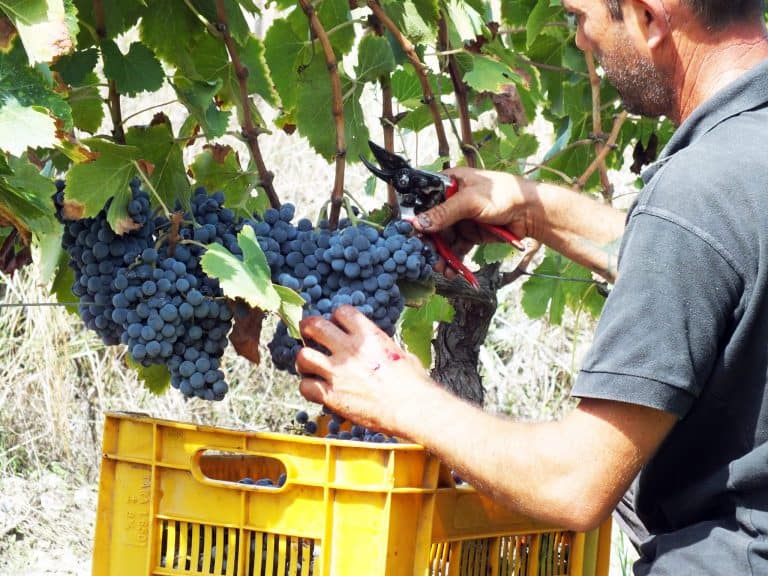
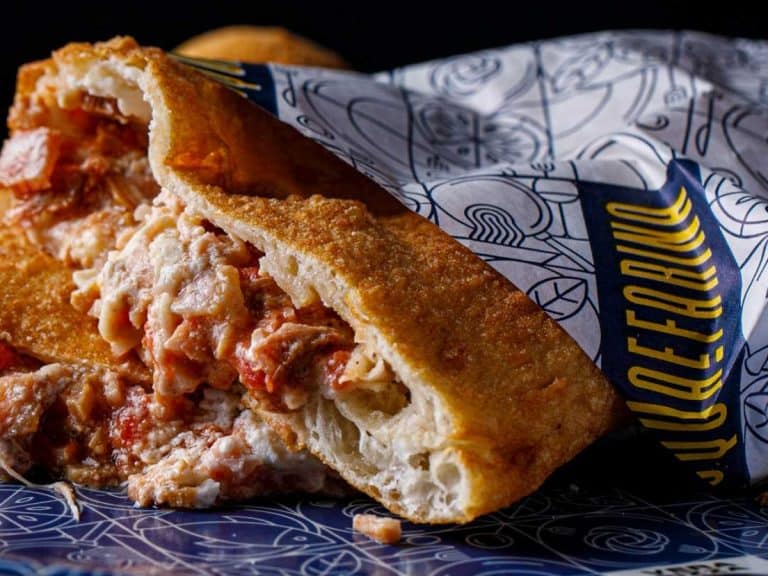 The best Street Food in Italy according to Gambero Rosso
The best Street Food in Italy according to Gambero Rosso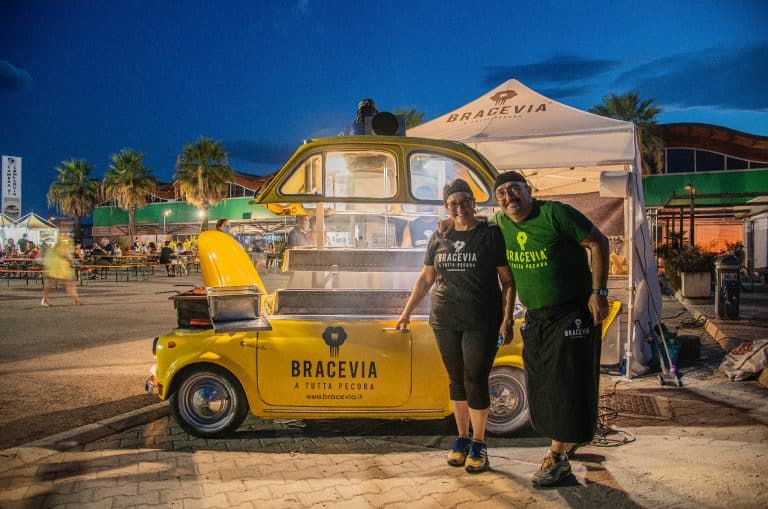 The best Arrosticini in Italy are made inside a Fiat 500
The best Arrosticini in Italy are made inside a Fiat 500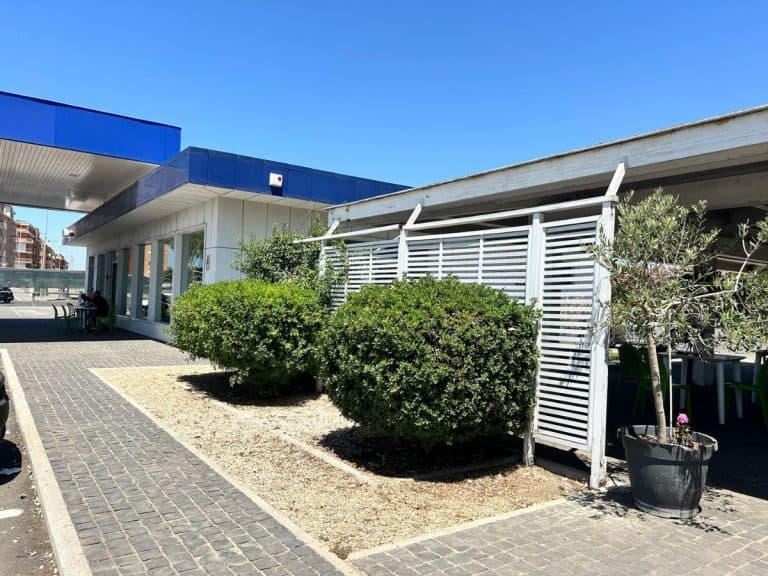 In Civitavecchia, there's a hidden restaurant inside a petrol station where Judges and Lawyers have lunch
In Civitavecchia, there's a hidden restaurant inside a petrol station where Judges and Lawyers have lunch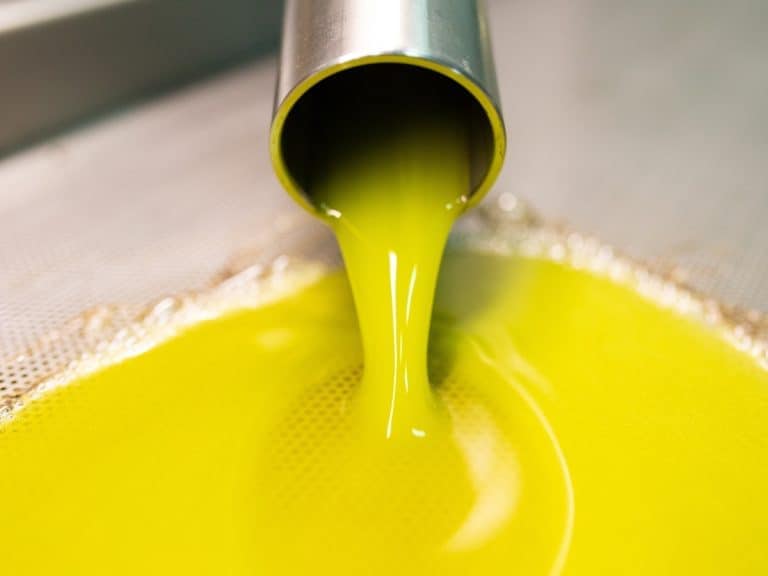 The best extra virgin olive oils from Lazio chosen by Gambero Rosso
The best extra virgin olive oils from Lazio chosen by Gambero Rosso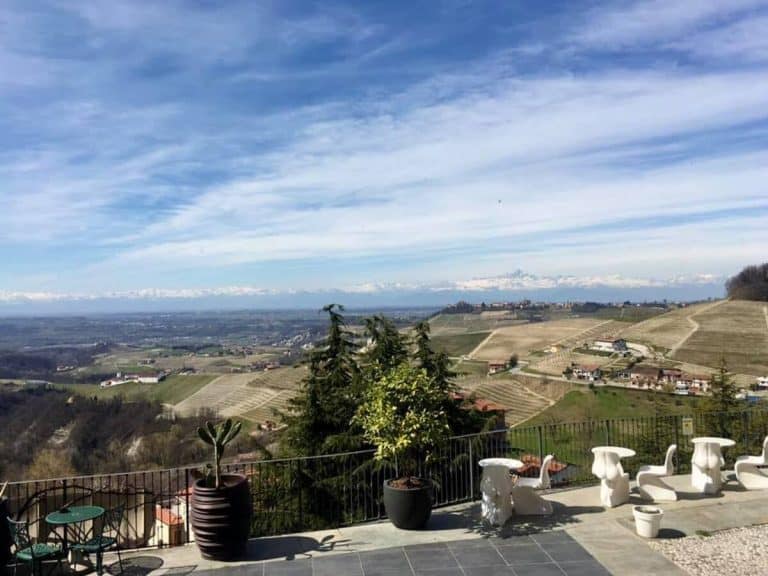 Where to eat on a terrace in the Langhe: 3 restaurants with vineyard views in Monforte d'Alba
Where to eat on a terrace in the Langhe: 3 restaurants with vineyard views in Monforte d'Alba
